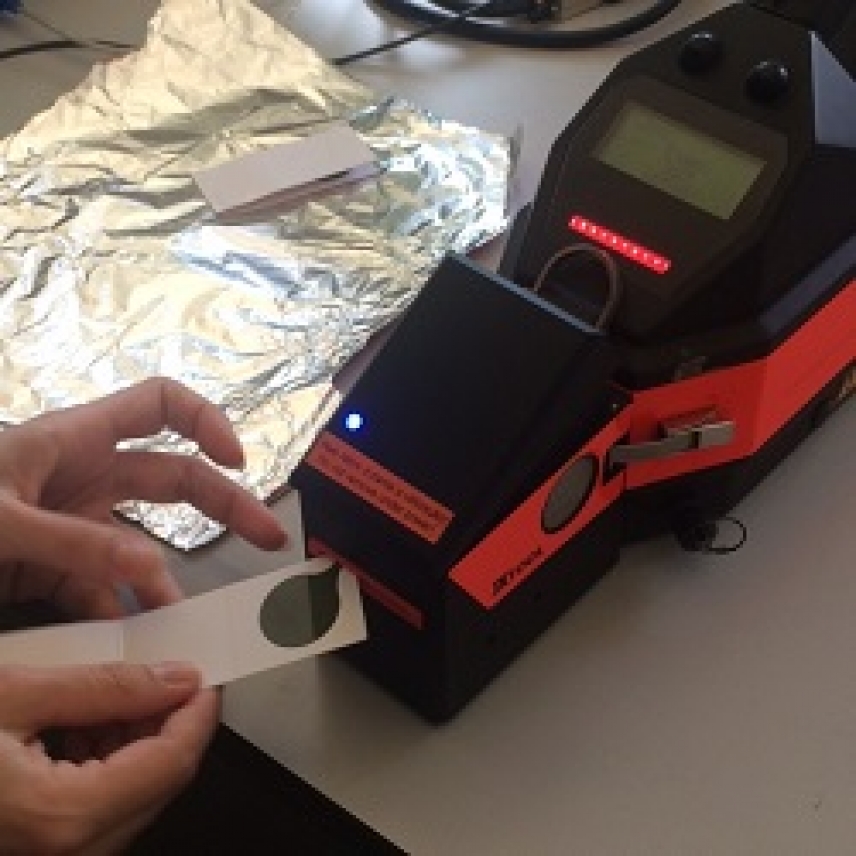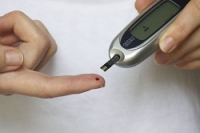Molecule flight speed is the new key for detecting drugs
Escrito por UCC+iThe University of Cordoba is participating in the development of an analytical methodology able to quickly differentiate cannabinoids in plant material and in waste remaining after being manipulated
The presence of cannabinoids in different textile and pharmacological goods and the need to distinguish them from those found in drugs and psychotropics has led to the development of different analytical techniques that allow for effectively differentiating them.
University of Cordoba researchers manage to reduce oxidative stress brought about by this well-known pesticide in mice via a selenium-enriched diet
Since it was first synthesized almost 150 years ago, the pesticide Dichlorodiphenyltrichloroethane, better known as DDT, has been widely used to fight illnesses caused by insects. Later, it was proven to not only kill off the species it targeted, but also wreaked havoc on the environment, on human beings and on other species in the ecosystem.
A biochemical process in plants is imitated to curb the reproduction of colon cancer tumor cells
Escrito por UCC+iA University of Cordoba research team has developed a tool to erase molecular tags that silence genes involved in tumor growth
Plants have provided a new avenue in curbing tumor growth. On this occasion, it doesn’t involve miracle species or the like, but rather the results obtained by the University of Cordoba BIO301 research team called "Epigenetics and DNA Repair." This research team is affiliated with the Maimonides Institute of Biomedical Research and is led by Genetics Professor María Teresa Roldán Arjona.
Comments on social networks also reinforce socialization during adolescence
Escrito por UCC+iWithout overlooking the risks of using social networks in adolescence, a study analyzes little known information about cybergossiping among high school students
Cybergossiping occurs when two or more people make evaluative comments on a digitial device about a third person who is not present. This kind of online behavior is common among adolescents when they are instant messaging and on social networking sites. Cybergossiping directly impacts the group, and can just as easily foster as damage the quality of the relationships among its members.
The social media are undermining young people’s self-esteem
Escrito por UCC+iA study by the University of Córdoba shows how use of the social media by young people adversely affects their self-perception of body image, and links this phenomenon to eating disorders
The social media are part of our everyday lives, enabling new methods of communication, improved access to information and even the development of new working strategies, in a range of fields including education. Yet the use – or abuse – of social media has also given rise to a number of problems, particularly among the most exposed sectors of the population.
An experiment in mice palliates kidney disease caused by diabetes
Escrito porResearch group succeeds in removing a protein from kidney cells involved in blood filtration
Diabetes has become a major health problem worldwide; some estimates suggest that in twenty years' time there will be around 600 million diabetics. The disease is caused by impaired insulin secretion, which in turn hinders cell glucose uptake; as a result, sugar levels in the bloodstream remain excessively high. One of the most common complications of diabetes is diabetic nephropathy, a disease which affects the ability of the kidneys to eliminate waste matter.







